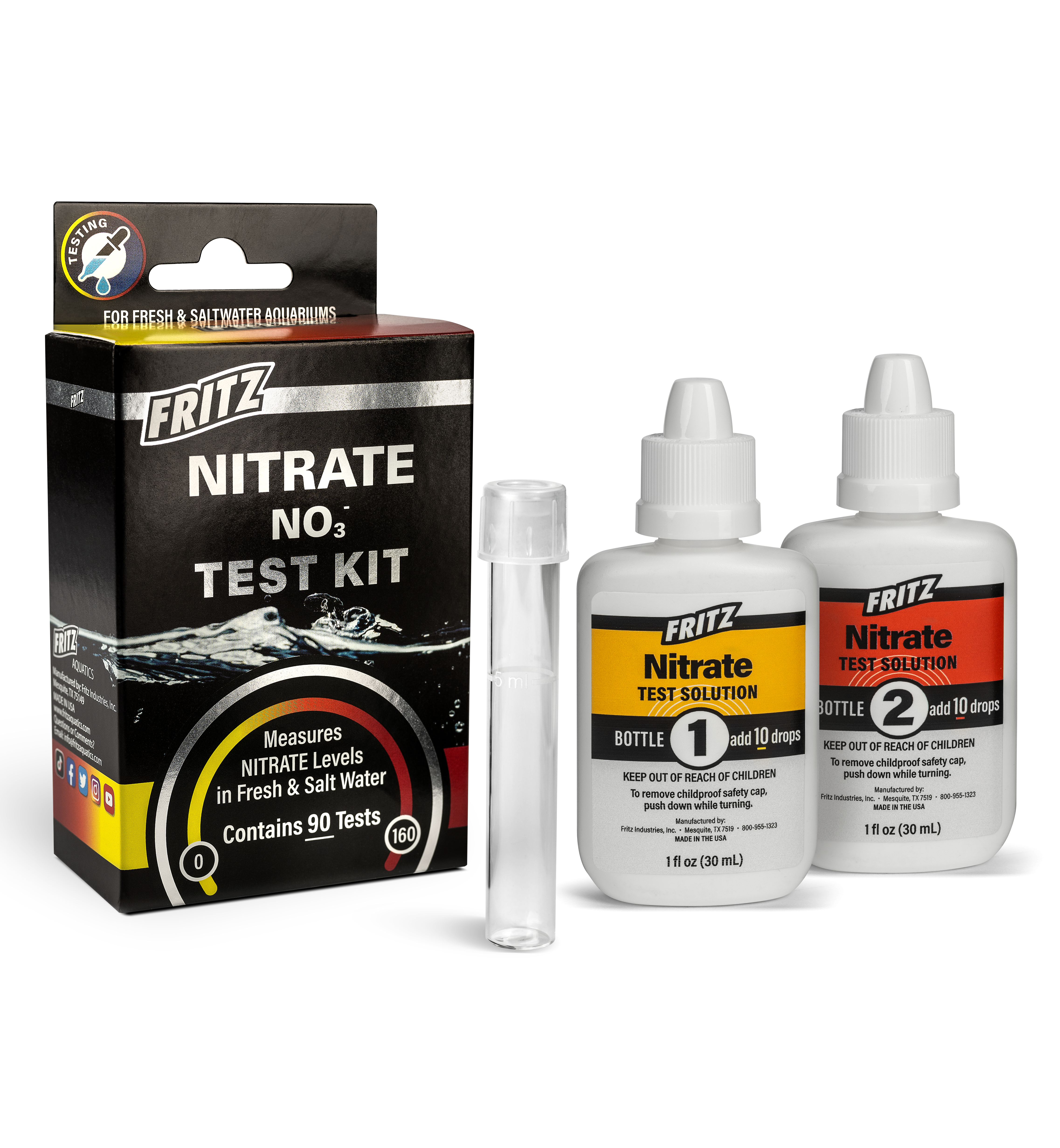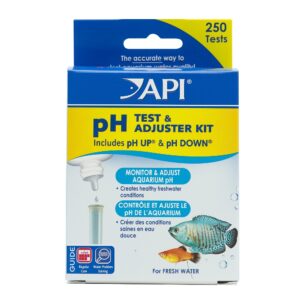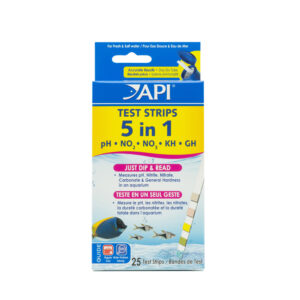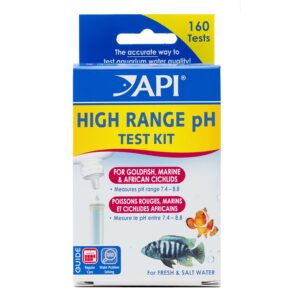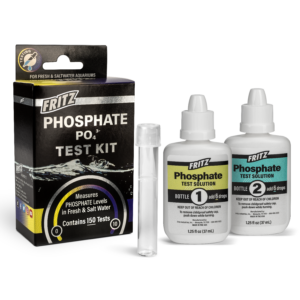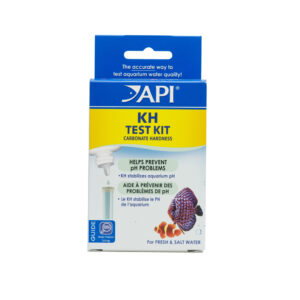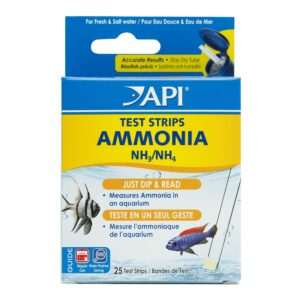-
 Brightwell Magnesion 20L
×
$159.671 × $159.67
Brightwell Magnesion 20L
×
$159.671 × $159.67 -
 Aquatop Fish Net 10" - Med. Mesh
×
$11.991 × $11.99
Aquatop Fish Net 10" - Med. Mesh
×
$11.991 × $11.99 -
 ESV 1 Gal B-Ionic Calcium Buffer System - Calcium
×
$22.461 × $22.46
ESV 1 Gal B-Ionic Calcium Buffer System - Calcium
×
$22.461 × $22.46 -
 API Melafix 8oz
×
$10.481 × $10.48
API Melafix 8oz
×
$10.481 × $10.48 -
 Brightwell SW Clarifi 250ml
×
$9.461 × $9.46
Brightwell SW Clarifi 250ml
×
$9.461 × $9.46 -
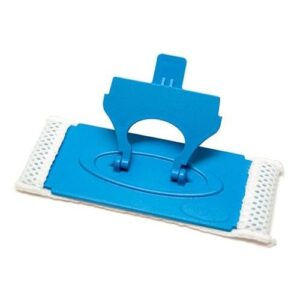 Continuum AquaBlade - MOP Assembly
×
$14.181 × $14.18
Continuum AquaBlade - MOP Assembly
×
$14.181 × $14.18 -
 Brightwell Restor 250ml
×
$11.851 × $11.85
Brightwell Restor 250ml
×
$11.851 × $11.85 -
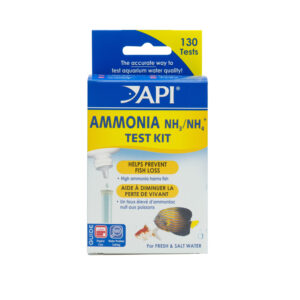 API Ammonia Test Kit FW/SW
×
$15.481 × $15.48
API Ammonia Test Kit FW/SW
×
$15.481 × $15.48 -
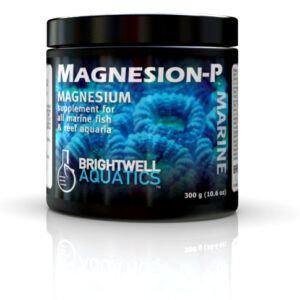 Brightwell Magnesion-P 200g
×
$13.871 × $13.87
Brightwell Magnesion-P 200g
×
$13.871 × $13.87 -
 API Leaf Zone 8oz
×
$8.181 × $8.18
API Leaf Zone 8oz
×
$8.181 × $8.18 -
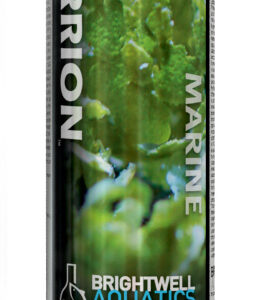 Brightwell Ferrion 250ml
×
$8.881 × $8.88
Brightwell Ferrion 250ml
×
$8.881 × $8.88 -
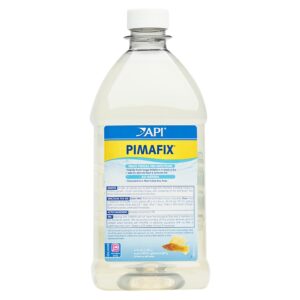 API PimaFix 64oz
×
$46.081 × $46.08
API PimaFix 64oz
×
$46.081 × $46.08 -
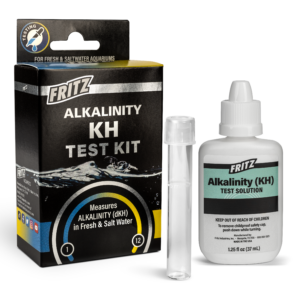 FRITZ Alkalinity Test Kit
×
$11.241 × $11.24
FRITZ Alkalinity Test Kit
×
$11.241 × $11.24

